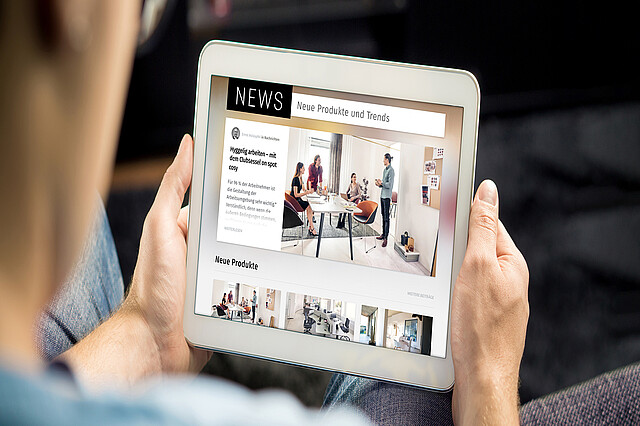What is work-life blend?
While work-life balance strives for a clear separation of work and leisure time, work-life blend refers to the merging of these two areas. This means that work and private life are no longer strictly separated. A typical example: employees deal with private matters during working hours, such as a quick phone call or a doctor's appointment. Conversely, professional tasks can also extend into leisure time, such as an urgent call from the boss while on vacation or an important meeting at the weekend.
One driving factor behind this change was undoubtedly the coronavirus pandemic. During this time, many people increasingly worked from home and suddenly had to reconcile their professional and private lives. Before the pandemic, only around 5% of employees worked from home; today, this figure is around 25%. This change has significantly accelerated the trend towards work-life blending.
Advantages of work-life blending
The concept of work-life blending offers many advantages for employees and employers alike, provided it is implemented correctly:
- flexibility and satisfaction: employees can manage their time more freely, allowing them to better meet their personal needs. This flexibility often leads to greater job satisfaction.
- increased productivity: employees can organize their working hours so that they work in the phases in which they are most productive. This can lead to an increase in efficiency in the long term.
- longer employee retention: With increased satisfaction and flexibility, employees may stay with the company longer, which is especially beneficial in industries with high turnover.

Challenges of the work-life blend
Despite its many advantages, the work-life blend model has also been criticized. The biggest challenges are:
1. overtime and self-exploitation: if there are no clear rules on accessibility and working hours, there is a risk that employees will work too much overtime and feel they have to work all the time.
2. loss of relaxation: Mixing work and leisure time can lead to employees neglecting their free time. This can lead to burnout and other health problems in the long term.
3. lack of structure: Without clear start and end times, many employees find it difficult to separate their work from their private life. According to a study on the anatomy of work, 37% of respondents do not have clear working hours, which leads to uncertainty and stress.
The work-life balance, the alternative?
In contrast to the work-life blend, the work-life balance is based on a clear separation of work and private life. Employees have fixed working hours and clear boundaries that allow them to switch off completely after work. This model is particularly suitable for people who need a strict separation between work and leisure time or who work in jobs that require full concentration without private distractions.
However, for work-life blending to work successfully, companies need to create clear guidelines:
- Acceptance of the model: employees should have the freedom to take care of private matters during working hours. In return, they must be prepared to occasionally take on professional tasks in their free time.
- Regulate availability: Clear agreements should be made on when and for how long employees must be available in their free time to prevent overworking.
- Promote time management: Good time management is crucial to successfully implementing a work-life balance. To-do lists, calendars and clear time blocks help with productivity.
Whether work-life balance or work-life blend is the better solution depends on individual needs and the respective working environment. While work-life balance sets clear boundaries, work-life blending allows more flexibility and adaptability. Both models offer advantages and challenges.
What is certain, however, is that companies that adapt to the needs of their employees and offer flexible solutions will benefit from happier and more productive teams in the long term. The future of work is therefore likely to lie in a flexible mix of both concepts - adapted to the requirements of a dynamic and hybrid working environment.
social media channels:


